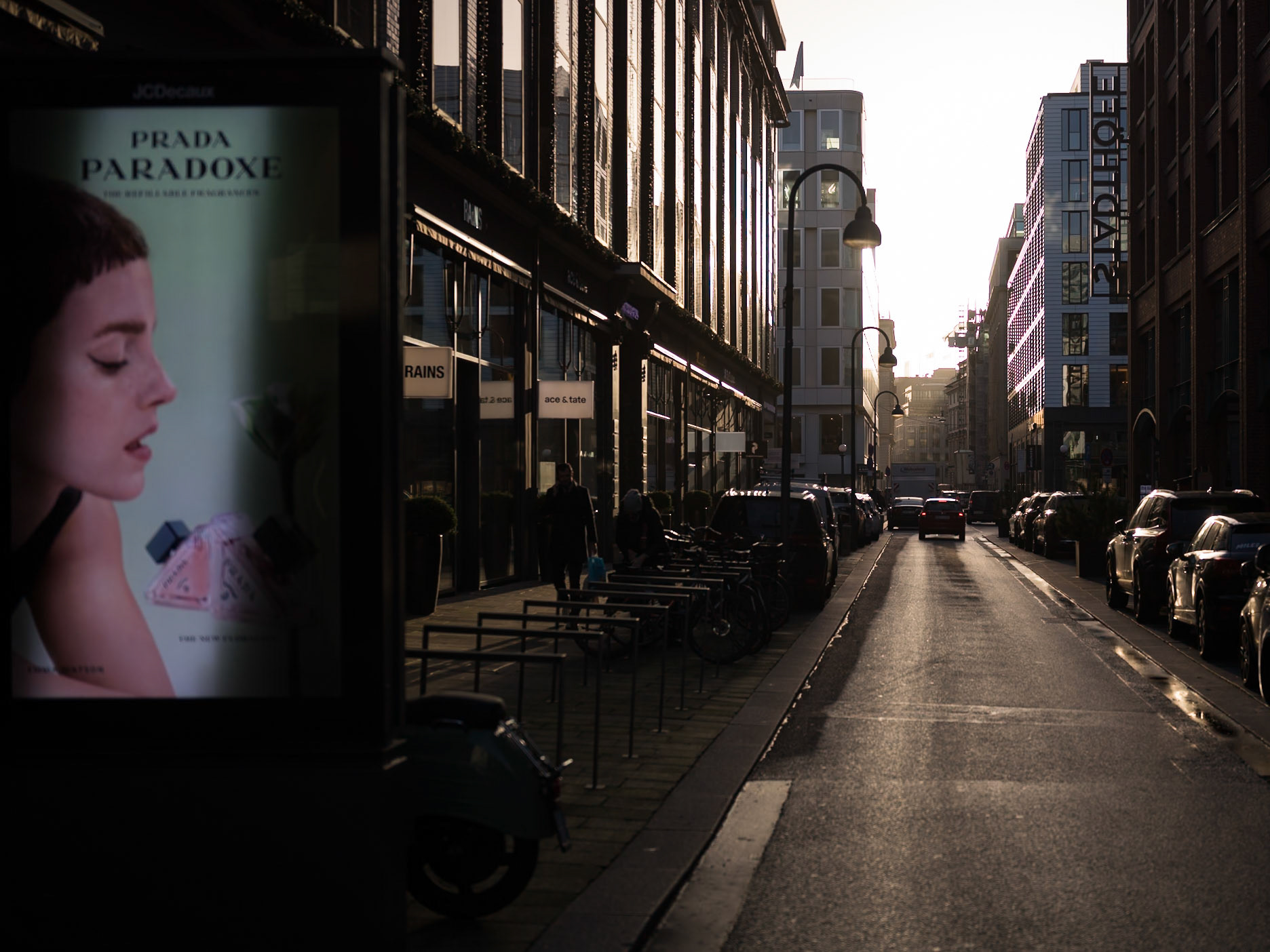
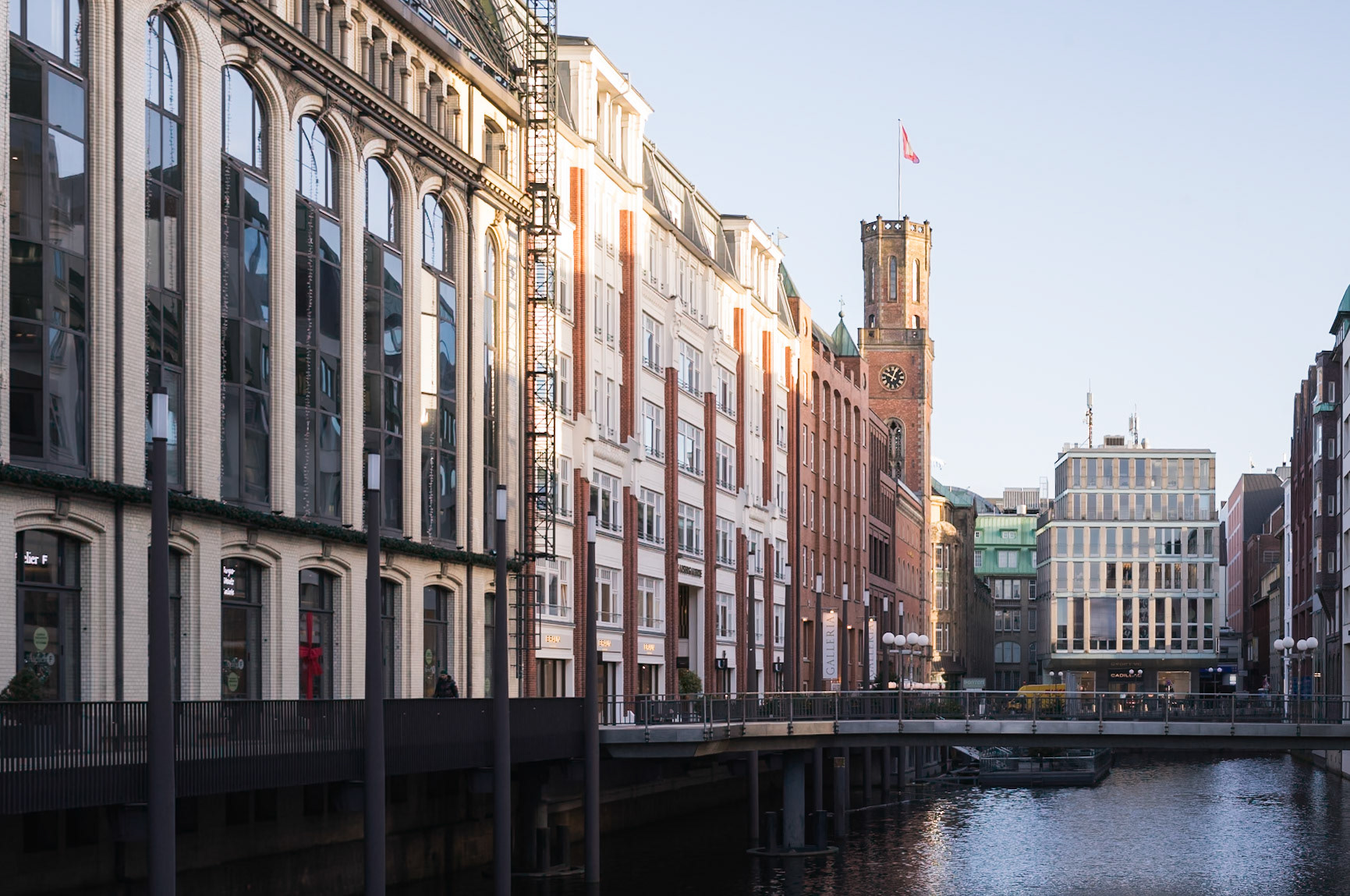
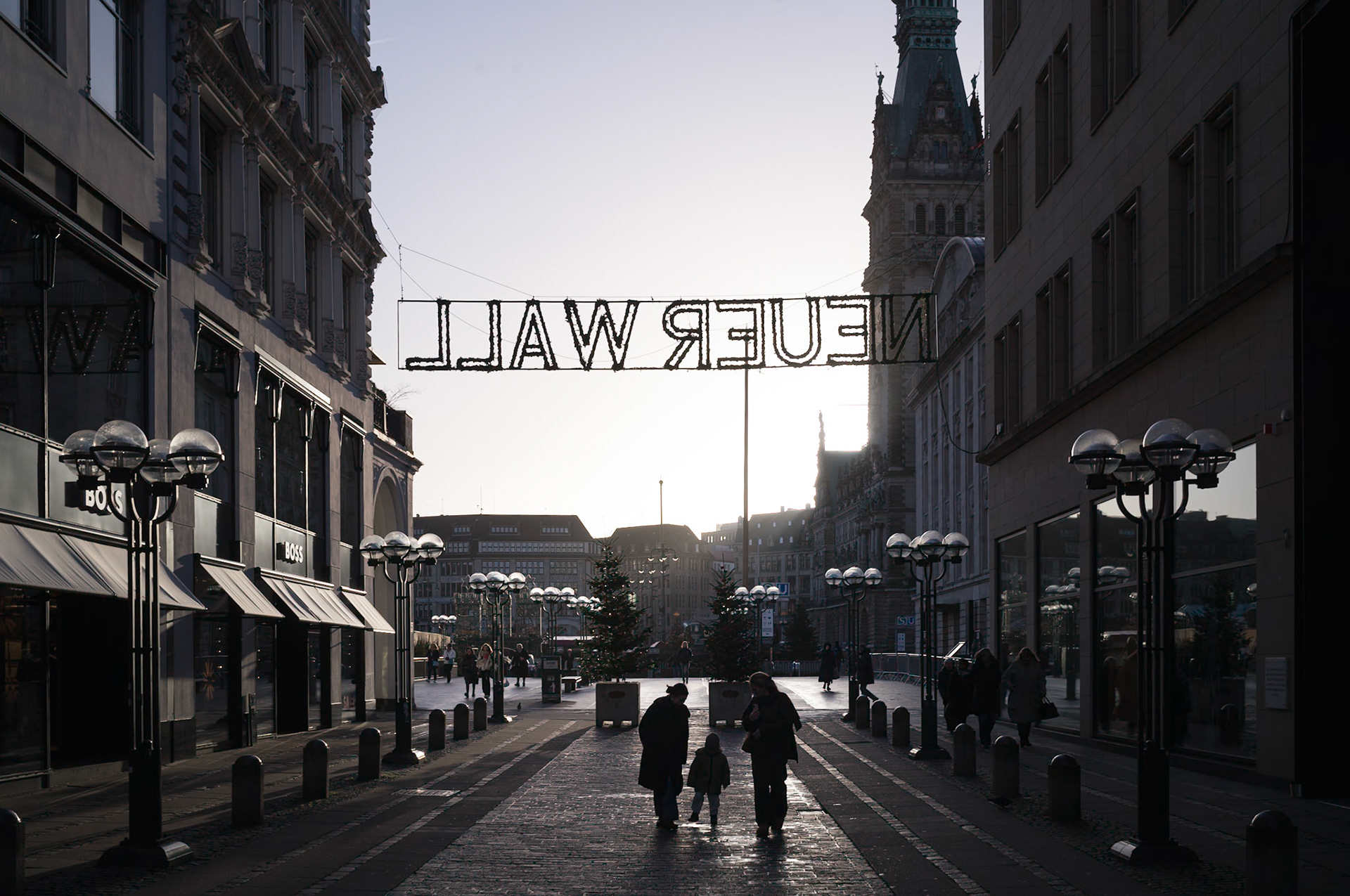
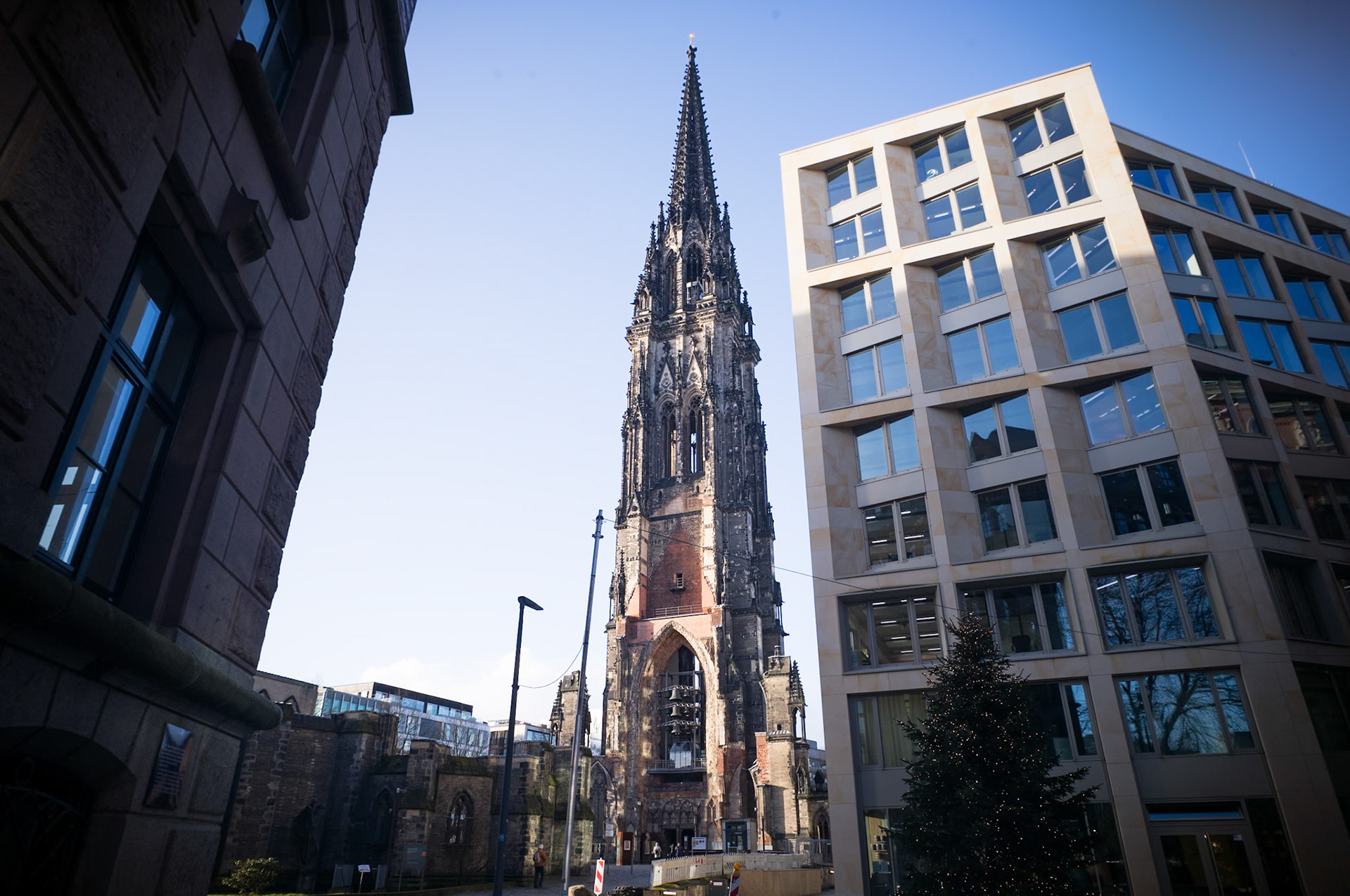
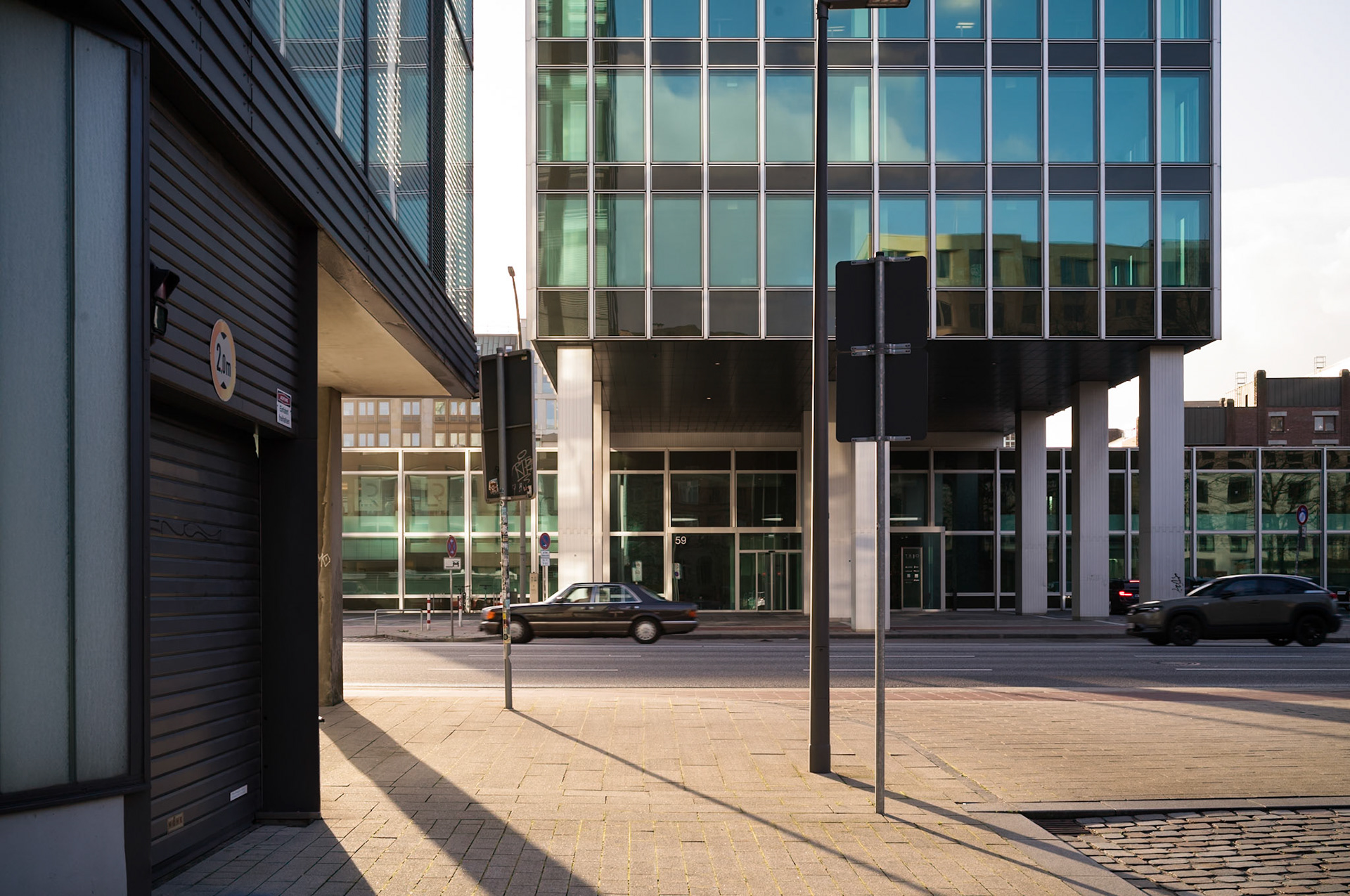
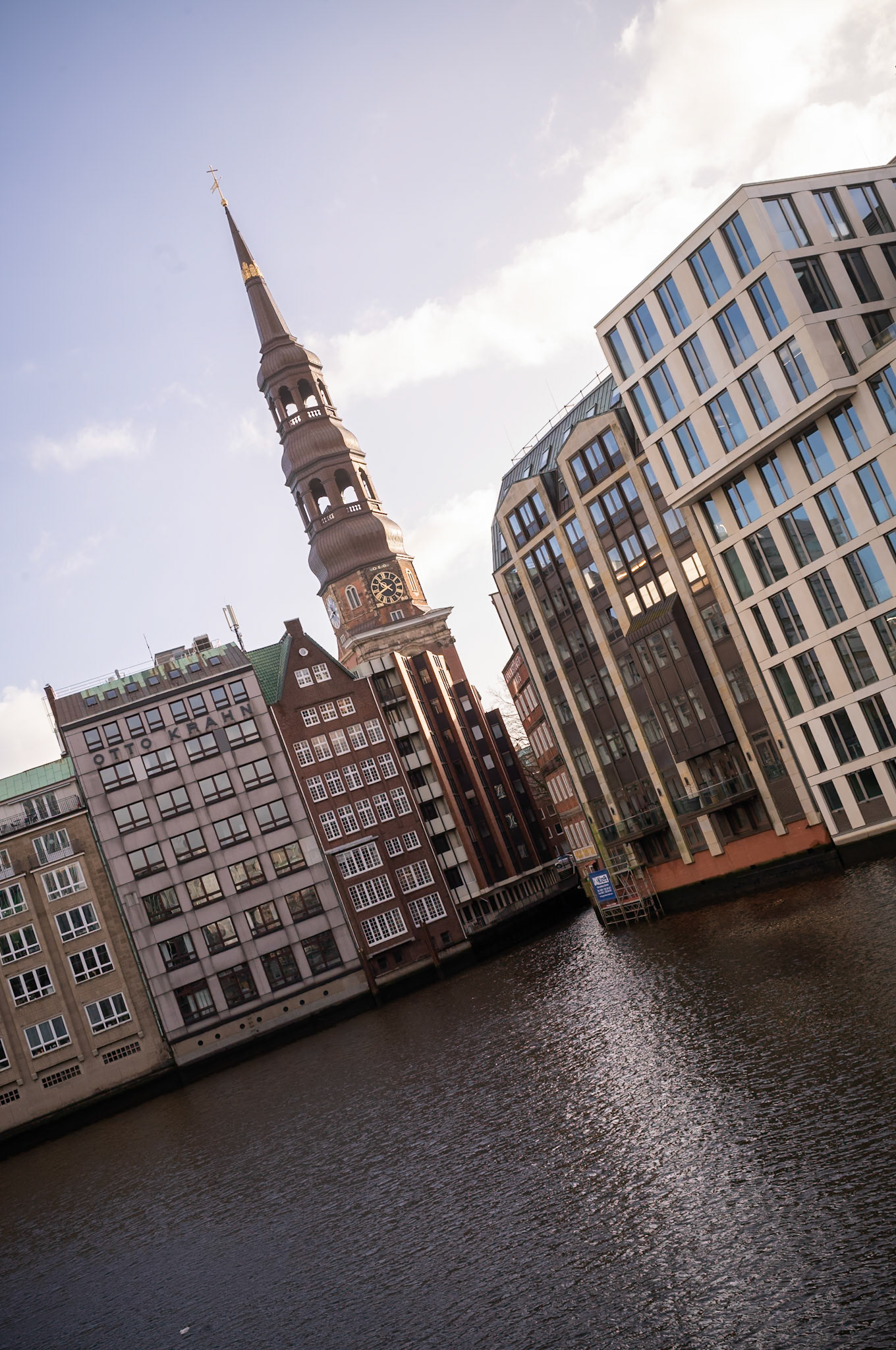

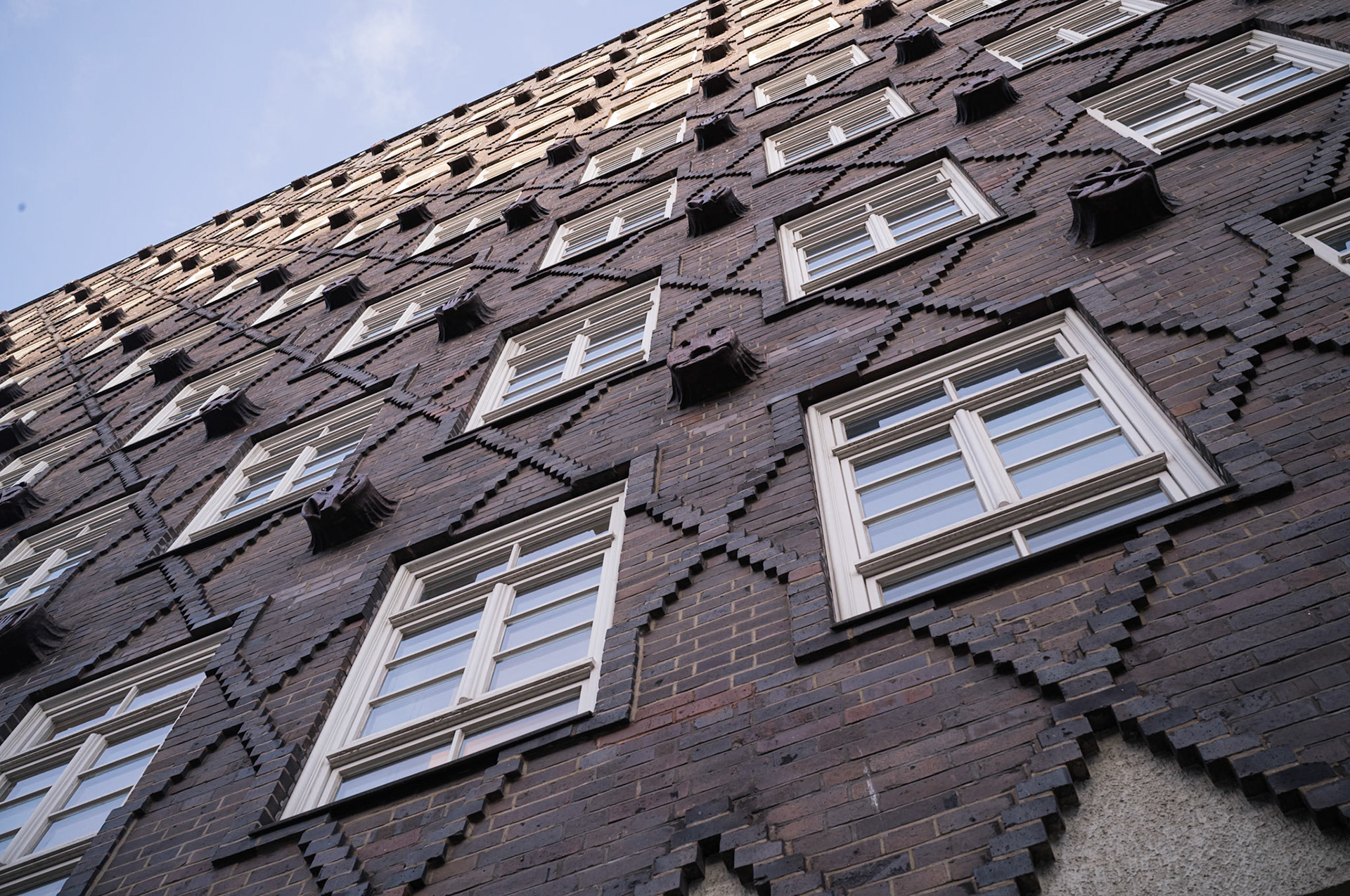

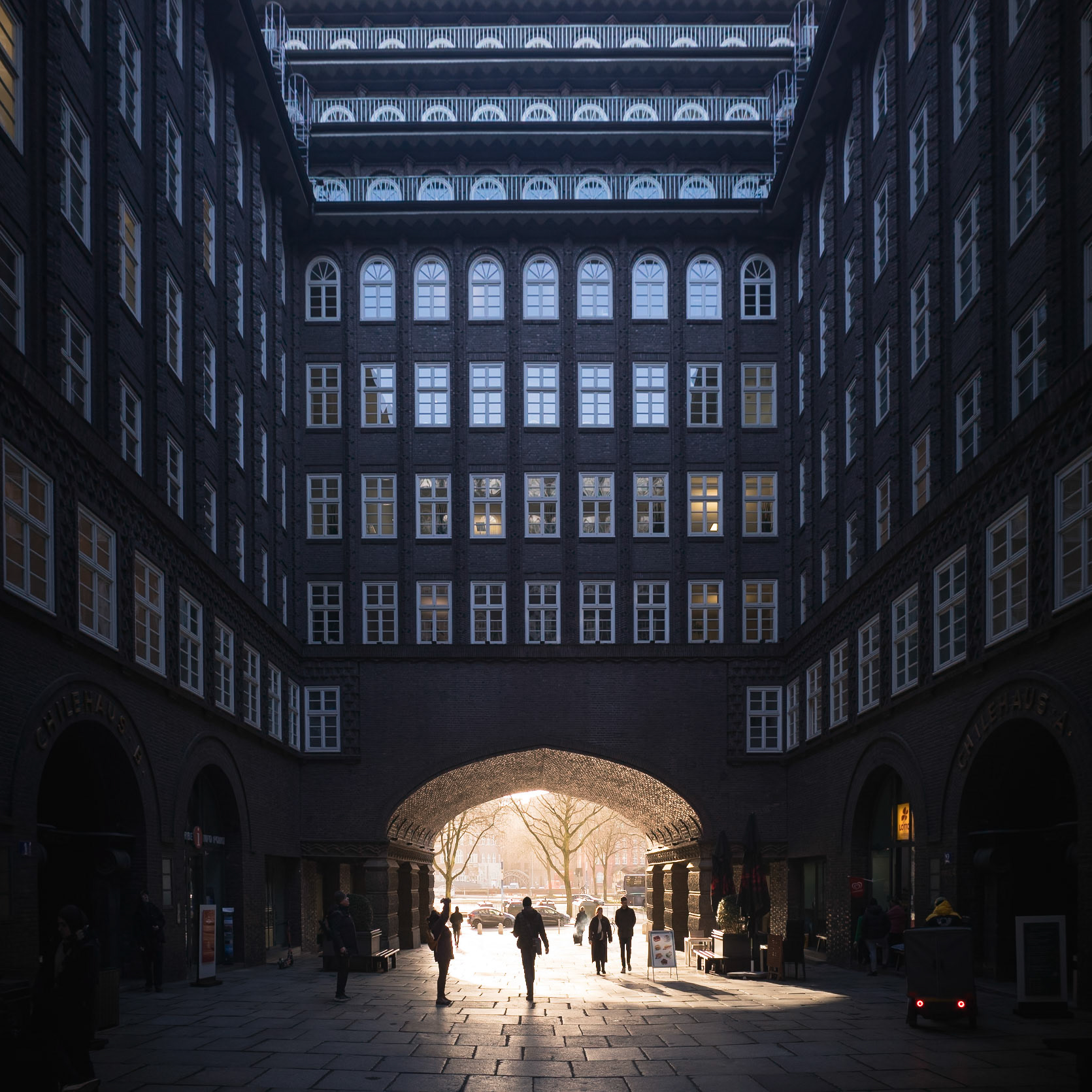
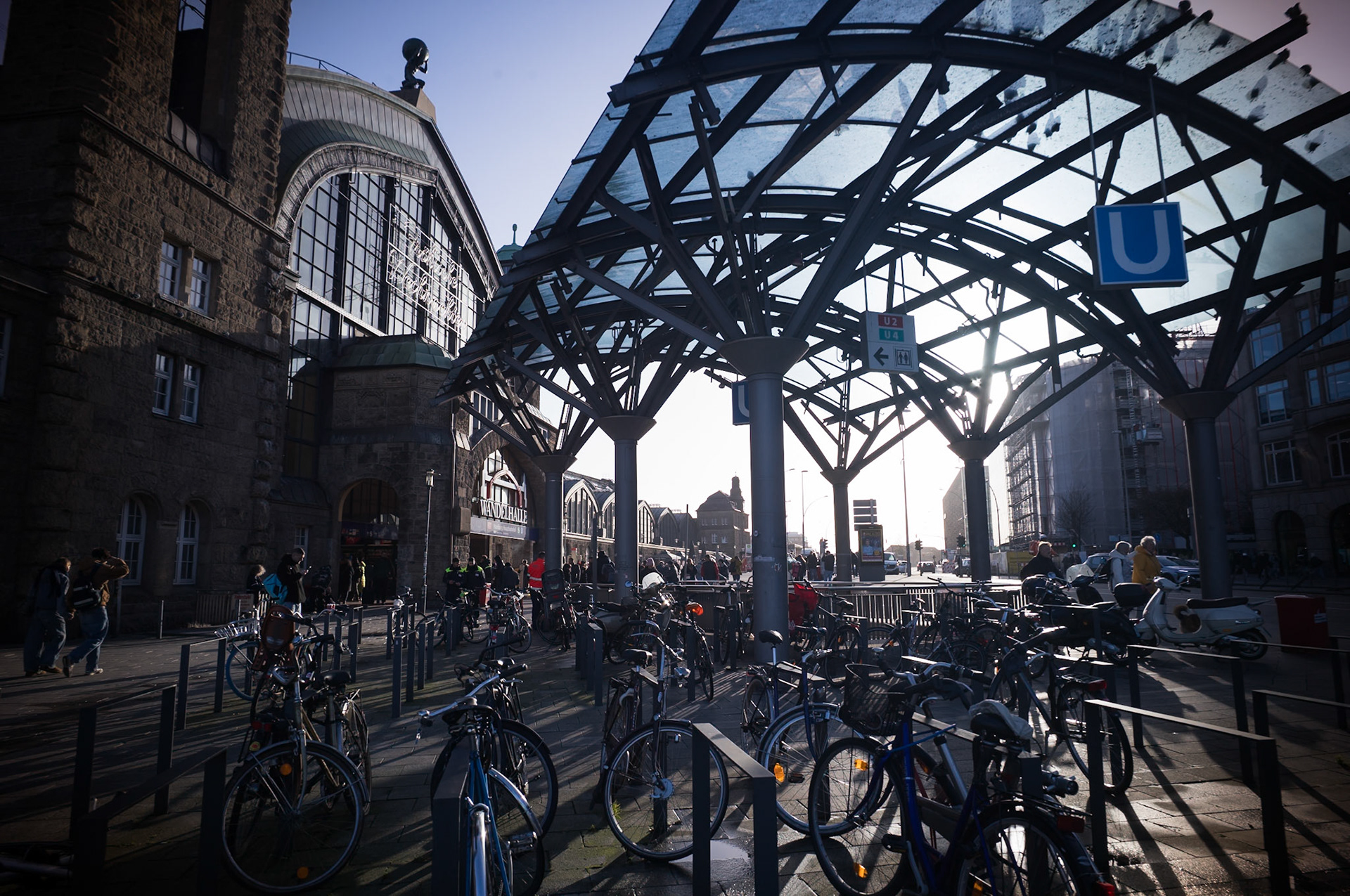
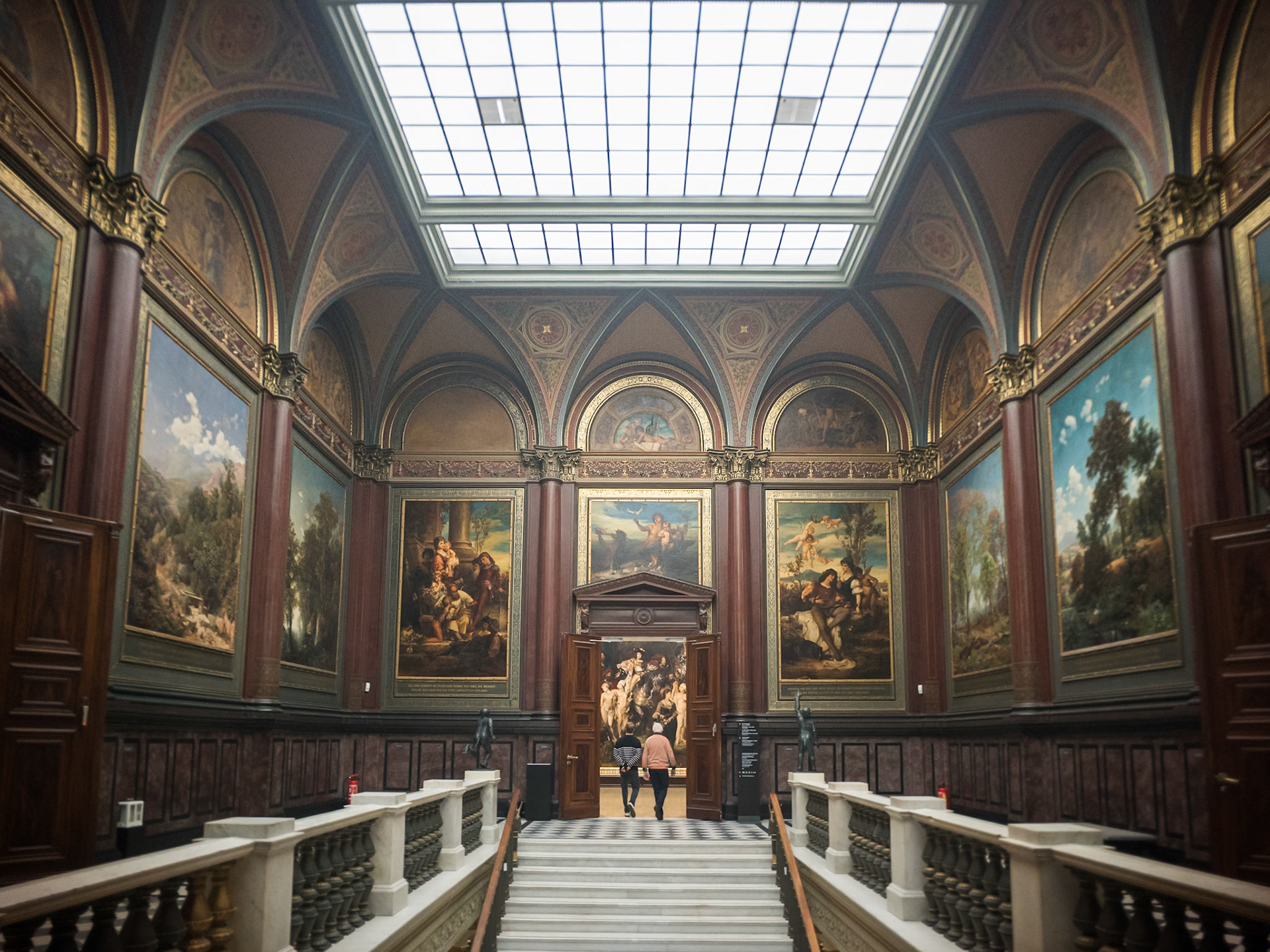
Hamburg
Hamburg surprised me. While I found its reputation as a rainy city to be true, what I didn’t expect was its cultural strength. Hamburg merges old-world charm with contemporary sophistication; a place where medieval churches share the skyline with gleaming glass towers. It’s perhaps not the first city that comes to mind when you think of a city on the water, but this northern German metropolis boasts an incredible 2,496 bridges spanning its numerous waterways, surpassing the combined total of Venice, Amsterdam, and London. These bridges connect a vast network of canals and rivers, earning Hamburg its nickname as the "Venice of the North".
The city’s people, which hilariously call themselves Hamburgers, obviously take pride in their city. The streets are clean and the overall style exudes wealth. The city's wealthy character isn't just for show - it's deeply rooted in history. Hamburg's journey to prosperity began in 808 CE with a castle built by Charlemagne (called Hammaburg), but the real game-changer came in 1241 when it joined forces with Lübeck to form what would become the powerful Hanseatic League. This medieval trade alliance dominated Northern European commerce, establishing Hamburg as a crucial trading hub.
The city's skyline tells a poignant story of triumph and tragedy. The St. Nicholas Church, completed in 1874, once held the title of world's tallest building with its impressive 147-meter spire. During World War II's Operation Gomorrah in 1943, while most of the church succumbed to Allied bombing, its towering spire survived - ironically serving as a navigation point for bomber pilots.
Rising dramatically from the harbor, the Elbphilharmonie represents modern Hamburg's architectural ambition. Built atop an old warehouse, its undulating glass facade reaches 110 meters into the sky, resembling a frozen wave or billowing sail. Inside, a world-class concert hall seats 2,100 people in a vineyard-style arrangement, where no listener sits more than 30 meters from the conductor.
The Hamburger Kunsthalle, one of Germany's most prestigious art museums, houses the famous "Wanderer above the Sea of Fog" by Caspar David Friedrich. You might recognize this iconic Romantic painting, which later became synonymous with Nietzsche's philosophical works, and it perfectly captures the contemplative spirit that still pervades Hamburg's cultural scene. The museum's three distinct buildings - spanning different architectural eras - mirror the city's own evolution through time.
The city's northern sophistication isn't coincidental. As a wealthy port city, Hamburg shares many characteristics with its Scandinavian neighbors. The waterfront promenades, brick architecture, and refined atmosphere echo Copenhagen's elegant vibe, while the maritime heritage remains evident in everything from the architecture to the local culture.
While the Hanseatic League may have dissolved in 1651, Hamburg's commercial spirit never wavered. The city's port remains one of Europe's busiest, and the elegant Speicherstadt warehouse district - now a UNESCO World Heritage site - stands as a testament to its continuing maritime prominence.
Today's Hamburg perfectly balances its historical heritage with modern luxury, creating an atmosphere where old money meets new opportunities, all while maintaining its distinctive character as Germany's sophisticated northern pearl.